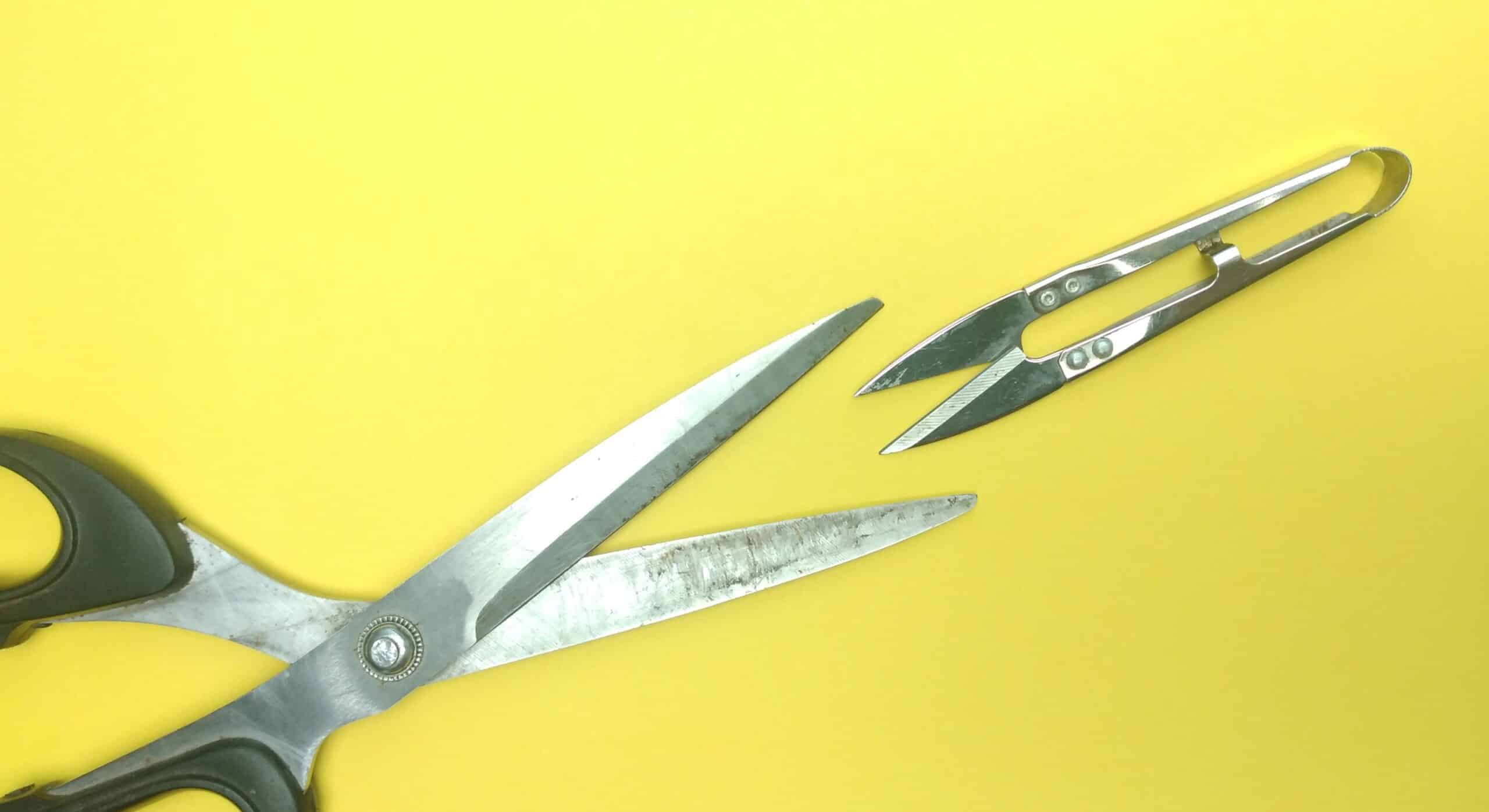How far should hook be from swivel?
Key Takeaways
- The recommended distance between the hook and swivel in fishing is generally 12-18 inches for optimal performance and balance.
- For anglers using a 3-way swivel rig, the ideal distance between the hook and swivel is typically 6 to 12 inches.
- The optimal distance between the hook and swivel can vary depending on the specific fishing technique, such as a longer distance for a Carolina rig and a shorter distance for a drop shot rig.
When it comes to setting up your fishing line, one important consideration is the distance between the hook and the swivel. This distance can impact the performance of your rig and ultimately affect your chances of catching fish. In this article, we will explore the optimal distance for placing the hook in relation to the swivel, taking into account different fishing techniques and setups.
The Optimal Distance: 12-18 Inches
According to Anglers Advantage Guide Service, the recommended distance between the hook and swivel in fishing is generally 12-18 inches. This range provides a good balance between allowing the bait or lure to move naturally in the water while still maintaining the necessary control and stability.
Having the hook positioned 12-18 inches away from the swivel allows for a more natural presentation. It gives the bait or lure the freedom to swim or move in a lifelike manner, increasing its appeal to fish. Additionally, this distance minimizes the chances of the swivel interfering with the bait’s movement, ensuring a more realistic and enticing presentation.
A 3-Way Swivel Rig
For anglers using a 3-way swivel rig, the recommended distance between the hook and swivel may vary slightly. According to Sport Fishing Buddy, the ideal range is typically 6 to 12 inches.
A 3-way swivel rig is commonly used when fishing in deeper waters or when targeting species that require a specific presentation. This rig allows for multiple lines or leaders to be attached to the main line, providing versatility and the ability to fish at different depths simultaneously.
By keeping the distance between the hook and swivel within the 6-12 inch range, anglers can maintain better control over their presentation. This setup allows the bait or lure to move naturally, with the added benefit of reducing the risk of tangles or line twists.
Considering Different Fishing Techniques
It’s important to note that the optimal distance between the hook and swivel can also depend on the specific fishing technique being employed. Different techniques may require adjustments to the recommended ranges mentioned above.
For example, when using a Carolina rig, which is commonly used for bottom fishing, having a longer distance between the hook and swivel can be advantageous. This setup allows the bait to move more freely along the bottom, mimicking the natural movement of forage and increasing the chances of attracting fish.
On the other hand, when using a drop shot rig, where the hook is positioned above the weight, a shorter distance between the hook and swivel is typically preferred. This setup keeps the bait closer to the bottom and provides better sensitivity, allowing anglers to detect subtle bites more easily.
Conclusion
While there are general recommendations for the distance between the hook and swivel in fishing, it’s important to consider the specific fishing technique, target species, and personal preferences when setting up your rig. The optimal distance can vary depending on these factors, so it’s always a good idea to experiment and adjust as needed.
Remember, the key is to find a balance between allowing the bait or lure to move naturally and maintaining control and stability. By following the recommended ranges and considering the different fishing techniques, you can increase your chances of success on the water.
Related Websites:
FAQs:
Q: Why is it important to position the fishing hook correctly in relation to the swivel?
Proper positioning of the fishing hook in relation to the swivel is crucial because it can significantly impact your chances of a successful catch. When the hook is positioned correctly, it increases the likelihood of the fish taking the bait and getting hooked securely.
Q: How does the distance between the hook and swivel affect fishing success?
The distance between the hook and swivel plays a role in the success of your fishing endeavors. Different fish species have various feeding behaviors, and the placement of the hook can influence their willingness to bite. Additionally, factors like fishing techniques and the type of fishing rig used can also affect the ideal distance between the hook and swivel.
Q: What factors should I consider when determining the placement of the hook relative to the swivel?
Several factors should be considered when determining the placement of the hook relative to the swivel. These include the behavior of the fish species you are targeting, the fishing technique you are employing, and the water conditions such as clarity, temperature, and depth. These factors can influence fish behavior and should be taken into account for optimal hook placement.
Q: What are some general guidelines for hook placement?
When it comes to hook placement, it is essential to understand the concept of ‘leader length.’ Different fishing situations may require varying distances between the hook and swivel, but a commonly recommended range exists. Experimentation and adjustment based on fishing conditions and personal preferences are key to finding the most effective hook placement.
Q: How can I improve my hook placement for successful fishing trips?
To enhance your hook placement for successful fishing trips, recapitulate the importance of positioning the hook correctly in relation to the swivel. Consider the various factors discussed, such as fish species, fishing techniques, and water conditions. Lastly, emphasize the value of practice and experience in finding the most effective hook placement that works best for you.






